1. AERODYNAMIC NEWTON'S PROBLEM (ANP)The problem consists of searching the generating
line |
 Fig. 1. Dependence of the drag coefficient upon
the parameter p (i.e., the class of functions
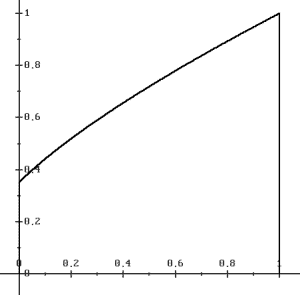 Fig. 2. Optimal solution for ANP |
1. AERODYNAMIC NEWTON'S PROBLEM (ANP)The problem consists of searching the generating
line |
 Fig. 1. Dependence of the drag coefficient upon
the parameter p (i.e., the class of functions
 Fig. 2. Optimal solution for ANP |
2. PROBLEM OF THE MINIMUM
|
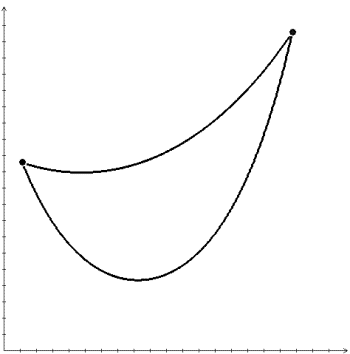 Fig. 3. Two solutions of the Euler equation for PMRS
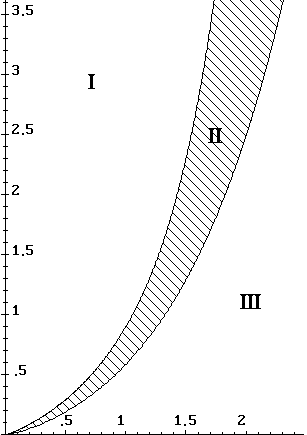 Fig. 4. Minimum existence depending on location of the right-end point: |
3. BRACHISTOCHRONE PROBLEM (BP)In this problem, it is necessary to find the line of fastest descent between two points in the vertical plane (Bernoulli, 1937; Tikhomirov, 1990). This line is an arc of the cycloid. The problem of finding the concrete cycloid for given boundary conditions is usually out of the frame of study. For arbitrary feasible boundary conditions, the program has been elaborated which finds and visually represents the optimal solution both in the form of the cycloid and in the class of two-link piecewise lines. The motion of a point along both the trajectories is animated. An Java-version of this program for Internet is also elaborated (see at http://home.ural.ru/~iagsoft/BrachJ.html). For the case of motion in the central gravity field (BPCGF),
the brachistochrone is calculated by the Euler method. For this case,
the optimal solution (Fig. 6) and
isochrones (Fig. 7) obtained on the
multiprocessor system (Ivanov, 1995) are demonstrated. Here the "isochrone"
means a line consisting of points with the same optimal time. In Fig. 6
the center of gravitation is at |
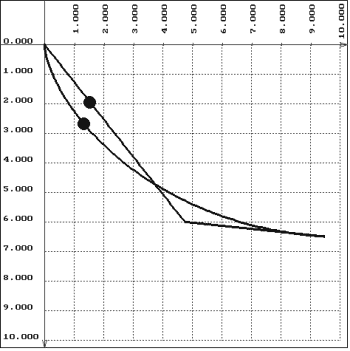 Fig. 5. Optimal solutions of BP for two class of lines
|
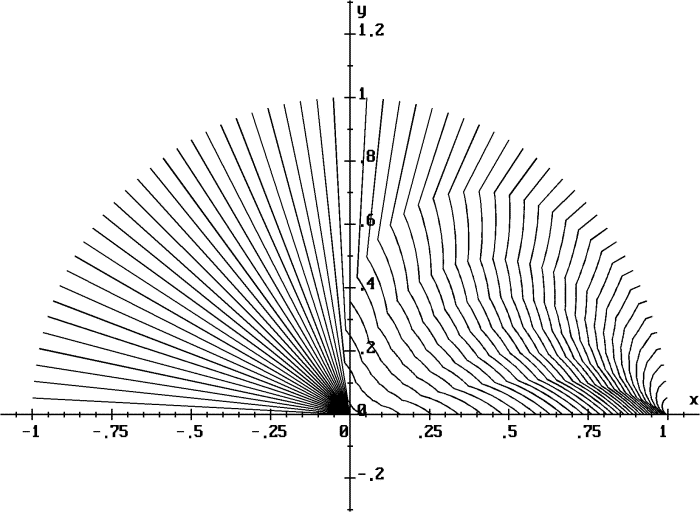 Fig. 6. Field of optimal trajectories for BPCGF
|
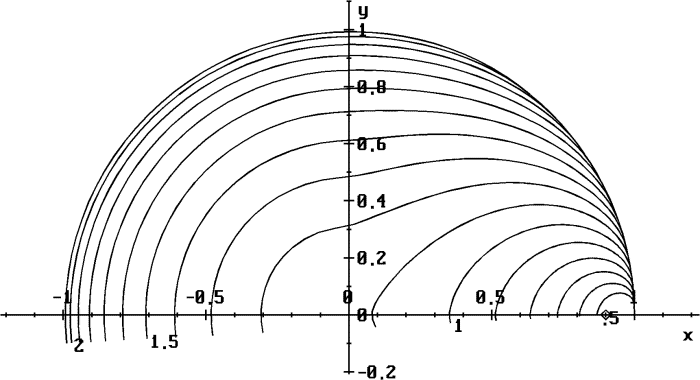 Fig. 7. Isochrones for BPCGF. The center of gravitation is at
|
ACKNOWLEDGEMENTThis work was supported by the Russian Foundation of Basic Researches under Grant No. 97-01-00458. |
REFERENCESAhiezer, N.I. (1955). Lectures on the calculus of variations. TehGIZ, Moscow [in Russian]. Anisimov, V. (1904). Course on the calculus of variations. V. I, Warshaw [in Russian]. Bernoulli, J. (1937). Selected works on mechanics. TehGIZ, Moscow, Leningrad [in Russian]. Bunday, B. (1984). Basic optimisation methods. Edward Arnold, London. Cesari, L. (1983) Optimization Theory and Applications Problems with Ordinary Differential Equations. Springer-Verlag, N.Y., Heidelberg, Berlin. Ivanov, A.G. (1995). An Experience of Level Line Constructions on Transputer Systems. In: Algoritmy i Programmnye Sredstva Parallel'nykh Vychislenii (Algorithms and Program Means of Parallel Computations) (Kukushkin A.P. and S.V. Sharf, (Eds.)), 69-78. Ural Branch of Russian Academy of Sciences, Ekaterinburg [in Russian]. Krasnov, M.A., G.I. Makarenko and A.I. Kiselev (1973). Calculus of Variations. Nauka, Moscow [in Russian]. Newton, I. (1916). Philosophiae Naturalis Principia Mathematica. S.-Petersburg [in Russian]. Tikhomirov, V.M. (1990). Stories about Maxima and Minima. Translated from the Russian by Abe Shenitzer, Amer. Math. Soc. and Math. Assoc. of America. Young, L.C. (1969). Lectures on the calculus of variations and optimal control theory. W.B. Saunders Co., Philadelphia, London, Toronto. |